A world-famous tourist resort north of Agios Nikolaos, with lacy, windless sandy beaches, crystal clear…
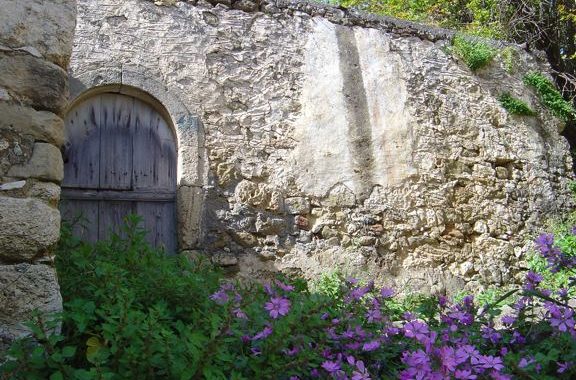
Agios Georgios
This village, renamed in 1955, is located 14 km away from Sitia on the Sitia-Ierapetra road. To the same community belong also the hamlets of Pano Episkopi Drapani, Sotira and Vouvali. The origin of the old name is unknown. M. Katapotis believed it was a Turkish or possibly Albanian family name.
In the 1583 Venetian census the village is listed as Turtulus with a population of 111, and at the same time Drapanus is mentioned with 39 inhabitants. Today Drapani, which is between Ayios Georgios and Sikia, is completely deserted. Tourtouli was the seat of Ibrahim Afendakis (or Afendakakis), the blood-thirsty janissary of Albanian origin who was absolute ruler of the district with complete political, judicial and religious powers which he exercised arbitrarily. In 1821 he ordered the general massacre of all Christians in his area. Over 700 people are said to have been slaughtered of which 300 alone were in Tourtouli. The villages lying to the north were spared, no doubt due to the fact that his wife was a Christian from the Sakkadakis family of Lastros.
Agios Georgios is considered to be one of the most interesting archaeological areas. There have been various chance finds from these parts, and excavations have been carried out resulting in the uncovering of cemeteries of the Minoan and Geometric periods, and also a Minoan villa in the Prophitis Ilias area. The cemeteries are situated on the hill of Mandalia.
The excavations of the villa uncovered 30 rooms arranged in four successive terraces interconnected by stairways. Only about half the area has been excavated and it is possible that there may have been an upper storey. The settlement flourished from the middle minoan period until Late minoan when it seems to have been destroyed by an earthquake and subsequently plundered. Apart from pottery vessels of various types the most important finds were a Late Μinoan earthenware winepress, a potters’ wheel and a number of stone implements.
Anyone interested in caves should not fail to visit the Mikro Katofigi cave (425 m above sea level) north-west of the village on the slopes of the hill of Mandiliou Plai. It was inhabited in ancient times and sherds of the early minoan period were found inside, as well as the bones of humans and other mammals. The cave consists of a small chamber from which a sloping gallery descends some 40 m into the hillside, with many naturally decorative features, and hollows filled with water. Not far away is the Megalo Katofigi cave which opens into Jurassic limestone. It has an opening 3,20 m wide and consists of two chambers, the first of which is 24 m deep and 12 m wide and the second 42 m deep and 11 m wide. The second chamber has four bays in one of which there is a big pool of water.
The village has plenty of water, resulting in many spots lush with green growth.
From the book “Sitia”, N. Papadakis, Archaeologist
Additional Info
Location: Sitia Region – 14 km from Sitia
Access: Aphalt road
Residents: 105 (2012)
Αltitude: 300m
Sights and hiking in the area...
Megalo and Mikro Katofigi Caves
The village Agios Georgios, is located 14 km away from Sitia on the Sitia-Makrigialos-Ierapetra road. Anyone interested in caves should not fail to visit the Micro Katofygi cave (425 m…
Agios Georgios – Katofigi Cave
The point that you are to start trekking to the Katofigi cave, is about 200 m after the crossroads of Agios Georgios Village, on the national road Sitia – Ierapetra…
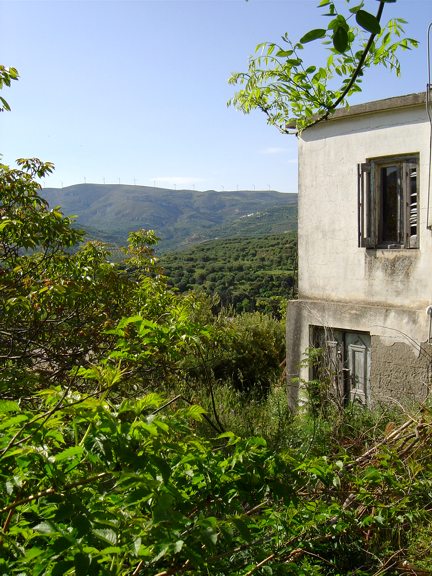
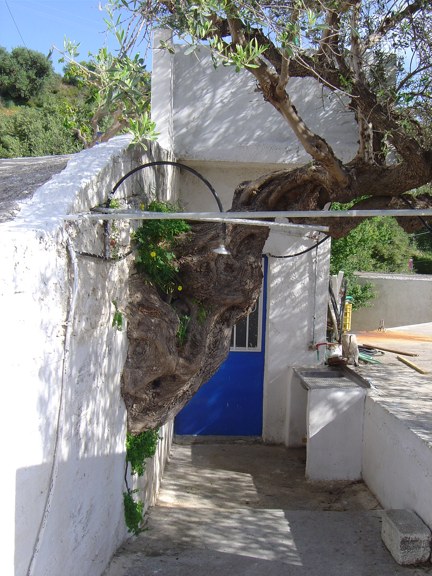
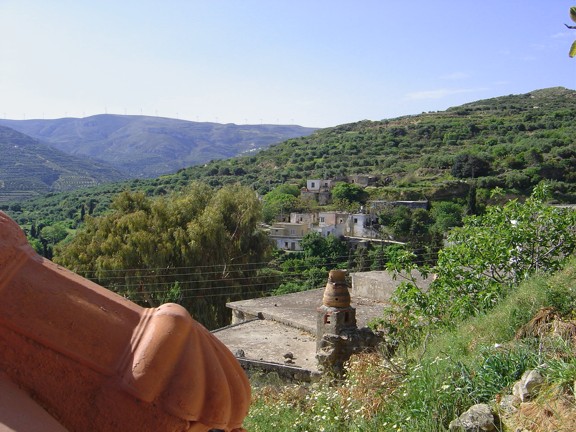
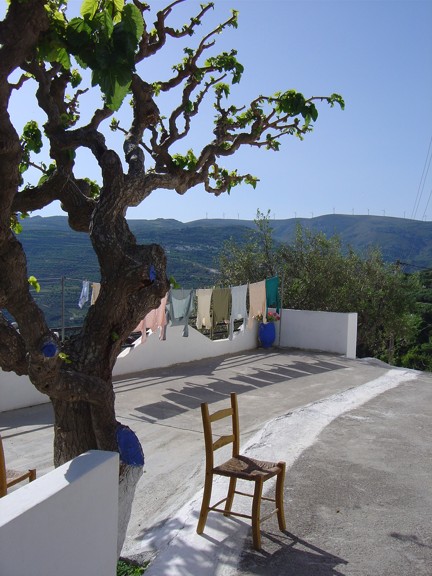
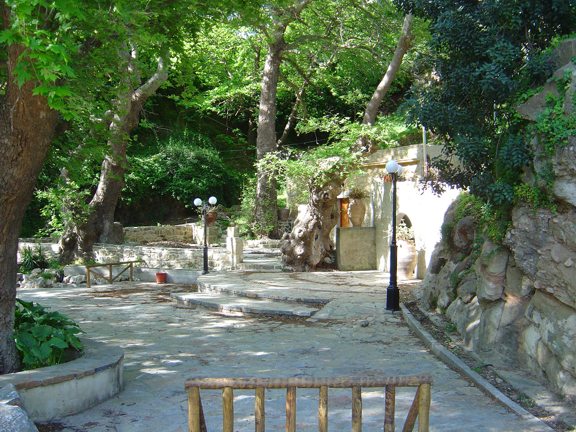
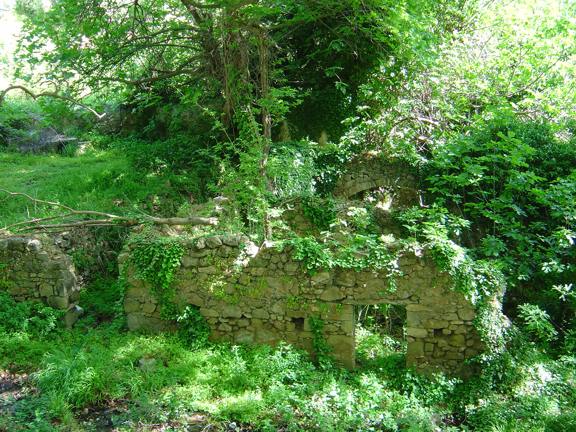
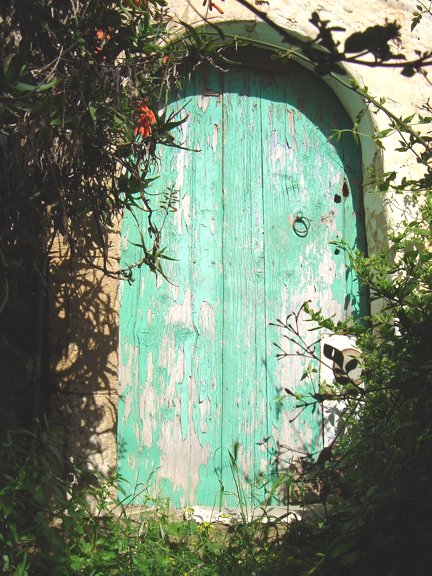
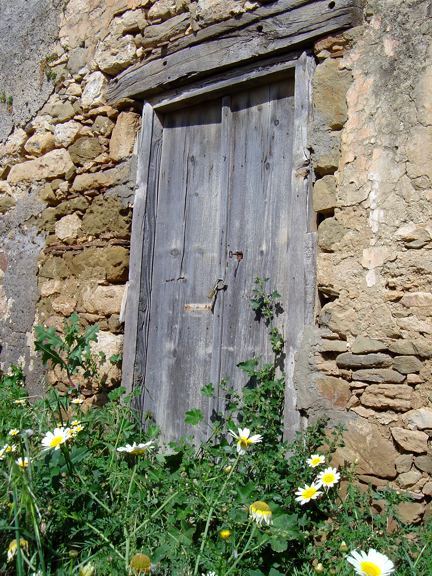
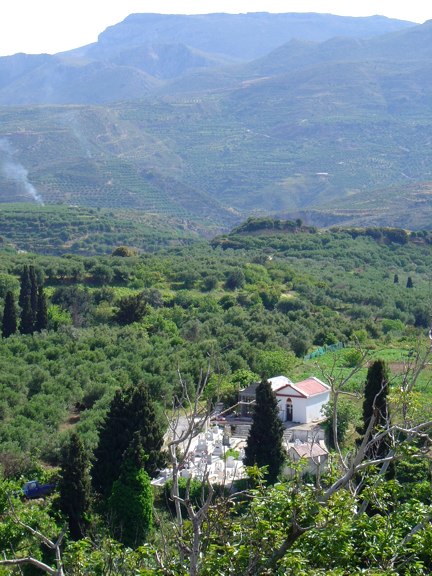
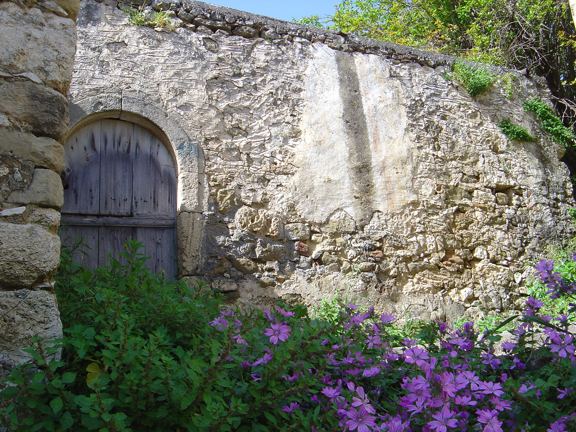
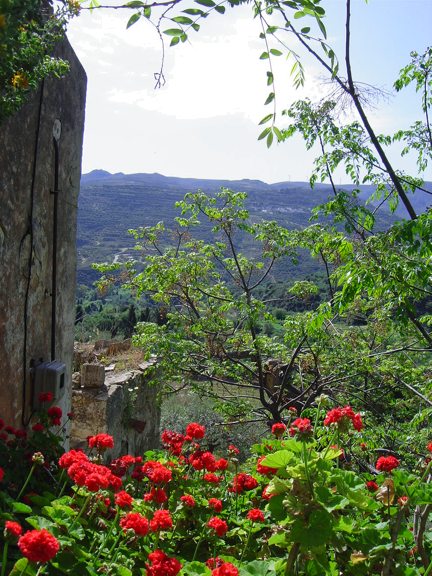
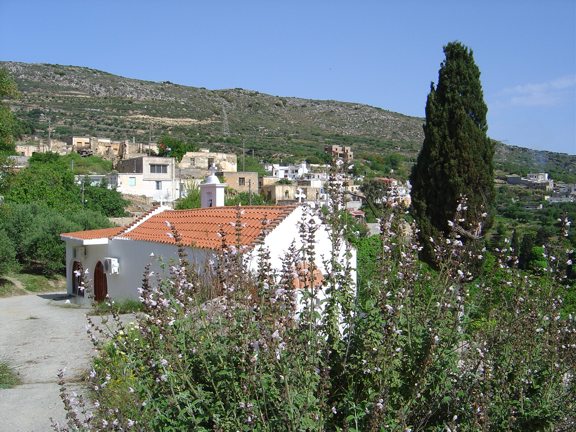
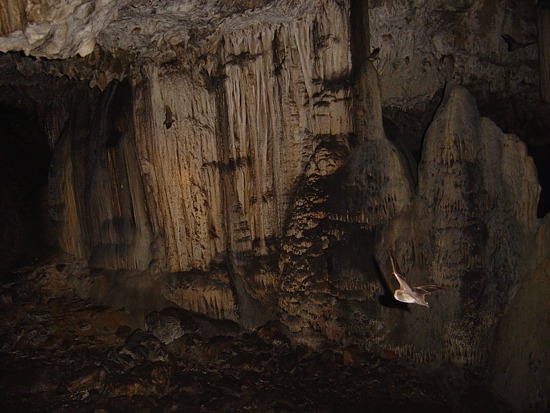
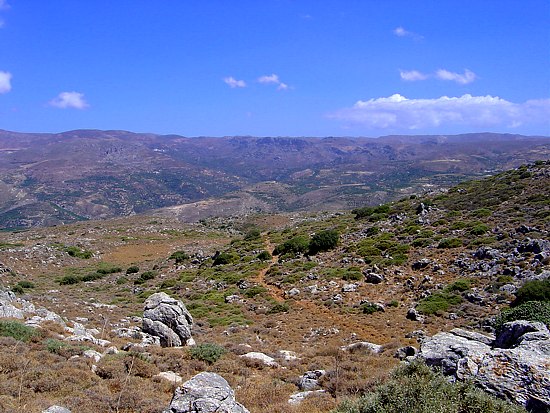
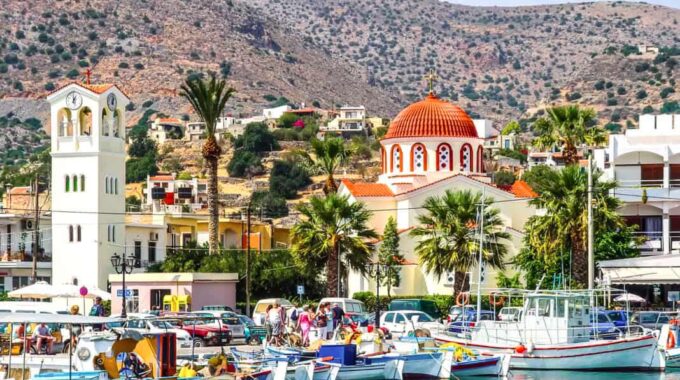
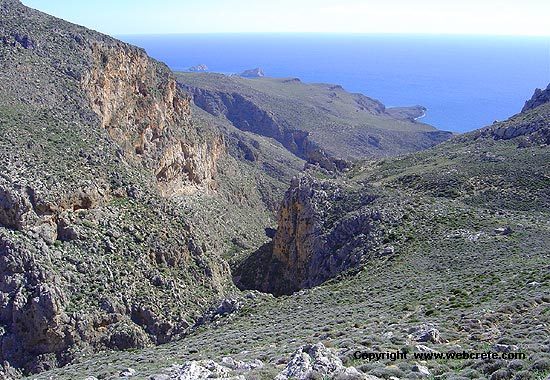
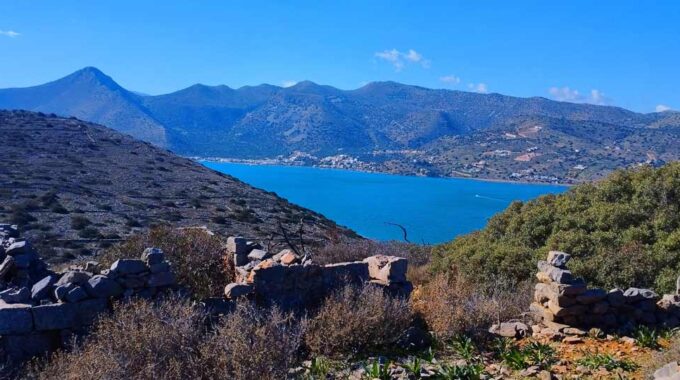
This Post Has 0 Comments